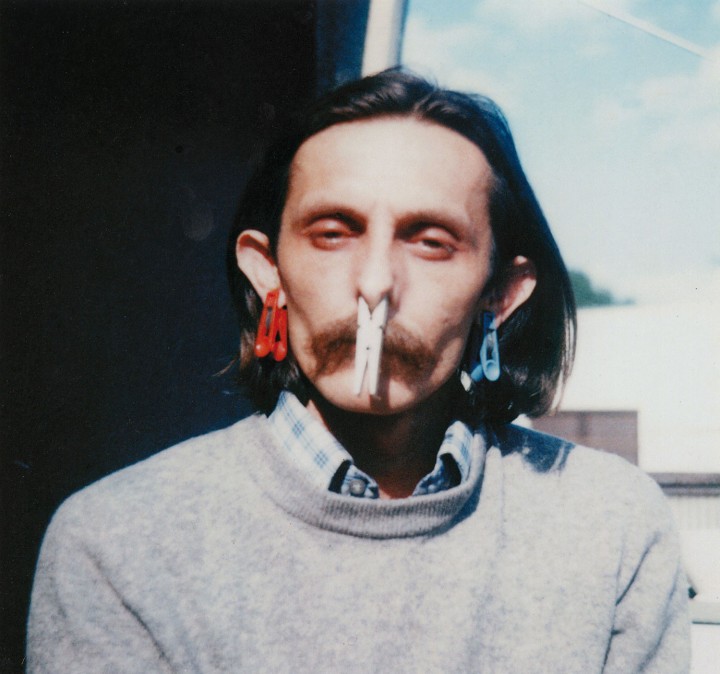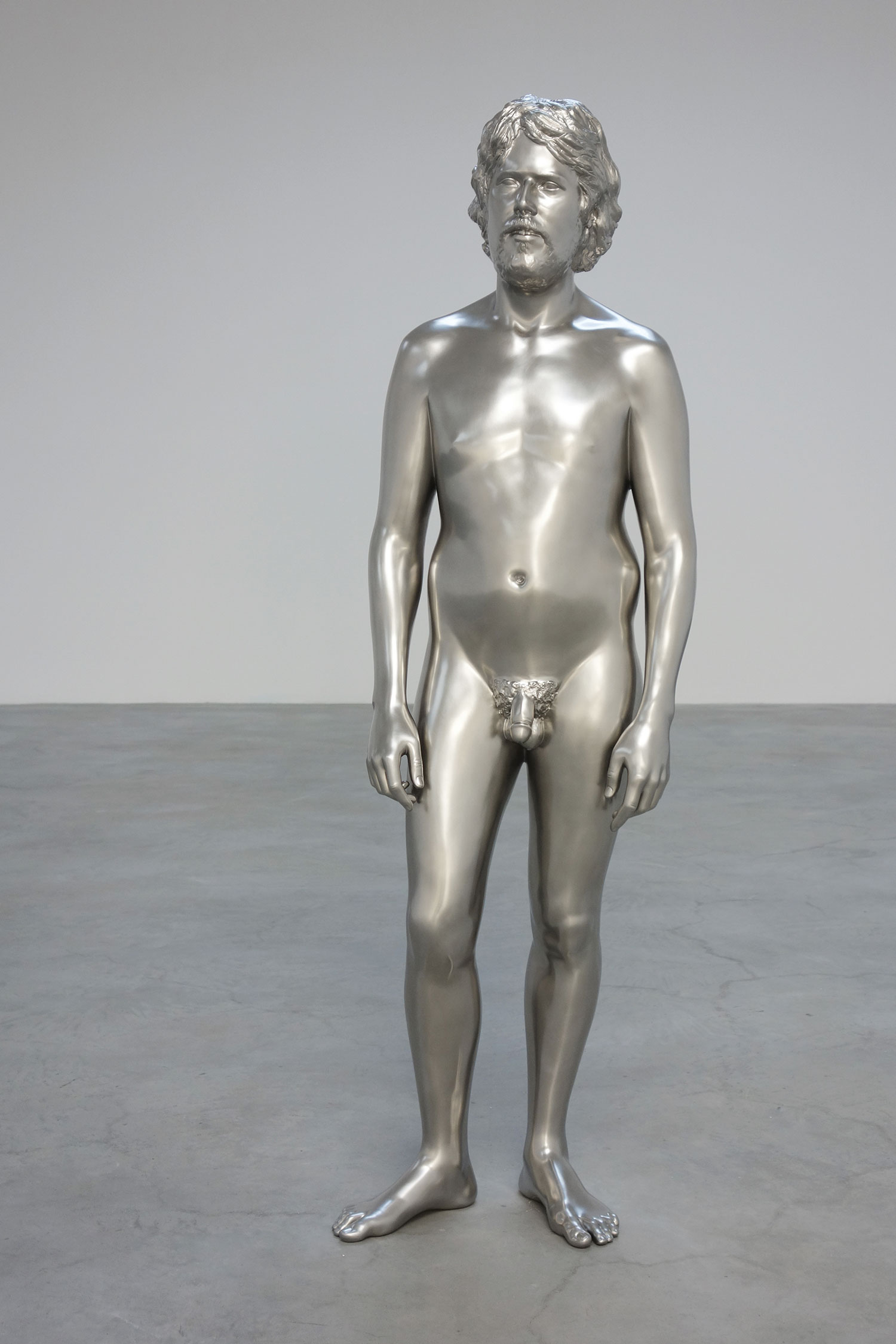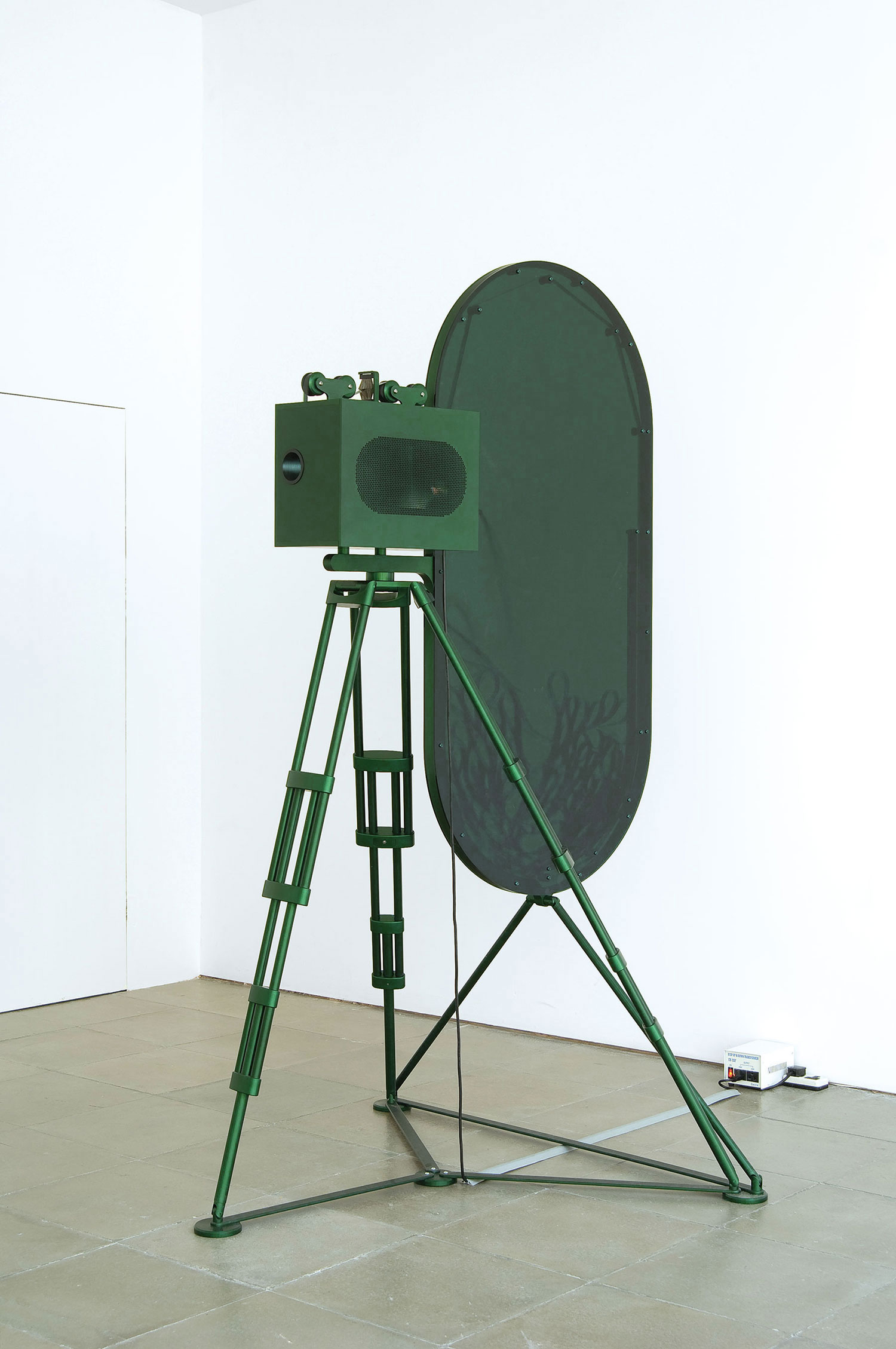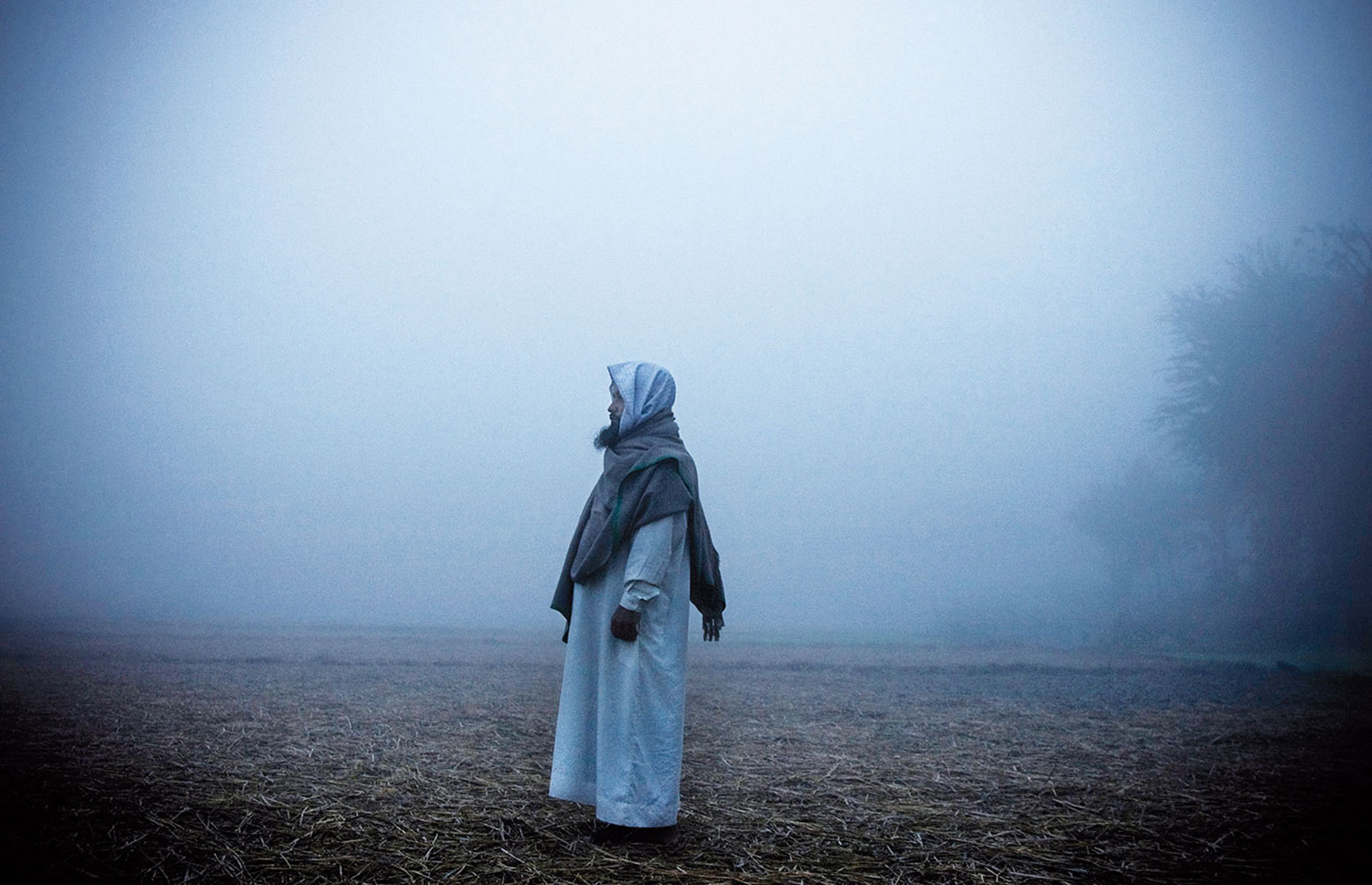
When I started making artworks about work, like Work is Disease (Karl Marx) (1981), in Yugoslavia it was interpreted in two ways: the first was that it was a real Karl Marx citation; the second interpretation argued that I signed as Karl Marx, which was true. I was making fun. During the socialist regime, all that was signed by Karl Marx was taken as an absolute truth. So I was being ironic. But in the West, during that period, nobody talked about work. It was a taboo subject — a very strong one. Only recently, over the past ten years or so, they’ve started talking about workin terms of laziness. In the meantime, I slowly stopped doing this kind of artwork. For it was beginning to irritate me just how much they talked about and idealized workduring socialism. In the West that was implied; it was capitalism, you had to work and that was that. Now, people in banks work more than those in factories because we have a workaholic system. In my time, we talked about reducing work, for example to stop working on Fridays. But now they only talk about increasing work hours.
Money: In my text The Praise of Laziness (1993) I wrote: “Just as money is paper, so a gallery is a room.” That is my relationship to money. I know that money is important, but at the same time it is just paper. Money is the best means of communication, and we all understand that. In a way, we are all subjected to it. I worked on these double presumptions: money as communication and money as power.
Laziness: What I wrote in The Praise of Laziness is, in a way, true. But it’s also a joke. I use language not to define but rather as both a truth and a lie. Of course, if in this text I argue that there is no art in the West, then it is a brusque formulation, which is not true. But if we look at it from the aspect of laziness, then it becomes true. For me nothing has changed: I still practice laziness. I think it is important, and that all those who glorify work are guilty.
Archive: As an artist I gather all kinds of things, especially photography, for it quite fascinates me. I have a photographic archive in which everything is rather anarchic. There is no order; I simply collect and cut. I like archives. Moreover, I buy all kinds of dictionaries, as words are one category of the archive. I need them for my work.
Democracy: I’m an anarchist, so this kind of system does not interest me at all. I don’t believe in the democracy we have today. With the transition from socialism to capitalism, we gained this democracy. On the one hand there is a kind of freedom, while on the other hand there is a great amount of obtuseness and commercialization.
English: This is a rather difficult question because English is of course the language we all tend to use in order to communicate, and that’s the good side of it. On the other hand, I gave a lecture in Amsterdam in 1979 against the English language. The lecture was held in Croatian. Of course, no one understood what was I talking about. So, this is that double role of the English language: as a power and as a necessity. I practice English but still I’m quite insolent when it comes to it. I prefer my mother tongue.
Now: For me, the present doesn’t have some kind of significance in terms of my social status or my perception of the world. As for this moment, as for Now, I try to live in the present. I’m not so much attached to the past, and especially not to the future.
Simplicity: I think all the best of it. I tend to make simple works. Also, I like other works that are simple. I don’t like complications. Especially not today when artworks are more interpreted than looked at. I don’t like that very much. Of course, that simplicity is not so simple. When I produce my work in the context I’m living in, and with Croatian language, I understand it is not so simple for someone who is not from this region. It still requires interpretation. But too much of it is not good; it complicates things and I don’t like it.

Tautology: When I started making art it was a period of tautology and conceptual art. I had a lot of works concerning this subject. Nevertheless, I always considered tautology as an impossible task, for it would perpetually include something else in the middle. Many of my tautological works include the color red. And red was never meant to be tautological during communism; it was always interpreted as ideological.
Ideology: Socialist ideology was one of my interests during the socialist regime. Today, that ideology is gone. What we have today is global consumerism. There is no more place for ideology; it is lost. Now there are only micro-ideologies. The global one is gone: it is lost among the economy and the banks.
Limit: The question of limit is a question of freedom. I think that as artists we are limited. We tend to think we are free, but we are not. Someone may have a better approach to something and therefore think he is free, but he is not. Various things limit us. That is why my art is exhibited inside art institutions, but also in a more intimate and private domain. I make exhibitions in my house, and in that way I manage to avoid limitations.
Influence: Naturally I was influenced by Fluxus, conceptual art, Duchamp and Malevich, but also by many other things. What bothers me is that Western art critics often think that one is always influenced by art, but it’s not true. Politics, everyday life and many other things influenced me. It was not necessarily the art. For example, they have said that an artwork of mine was like Baldessari. I said that it was not Baldessari: it was Stalin. For Stalin was the first one who evidently manipulated photography, not Baldessari.
New: Recently I wrote a text about some works of mine, entitled “Insulting Anarchy.” I argued that “new,” “old,” “modern” and “postmodern” does not exist anymore. It got lost. “New” is when I make something new. But whether it really is something new, that’s up to someone else to decide. I don’t care about the conclusion.
Old: I have a rather peculiar relationship toward my past. I don’t necessarily think that all of my new works are the best. I like my old works. Although, it sometimes happens that I can’t quite understand what I wanted to achieve with some of them. This mostly relates to my early films. When I watch them today, I don’t have a particular feeling. That may be unusual.
Visual: I didn’t finish any art school, so I feel really free in this field. I’m much more inclined to joke about the visual than be serious about it. The visual aspect does not influence me in any way.
Irony: When there is a serious geometric painting, then underneath I write, “Corn.” There’s a small collection of my works called Geometry for the Poor. The irony is present. There is a nice geometric painting followed by a completely contradictory text. In visual art there is no more humor: it’s a little bit too serious. With me, it’s different.
Color: I abandoned the color red. I’m becoming more colorful now. There are many other colors present in my new works. After the end of Yugoslavia I did have a series of works related to pain and the impossibility of expression. At that time I used only the color white.





